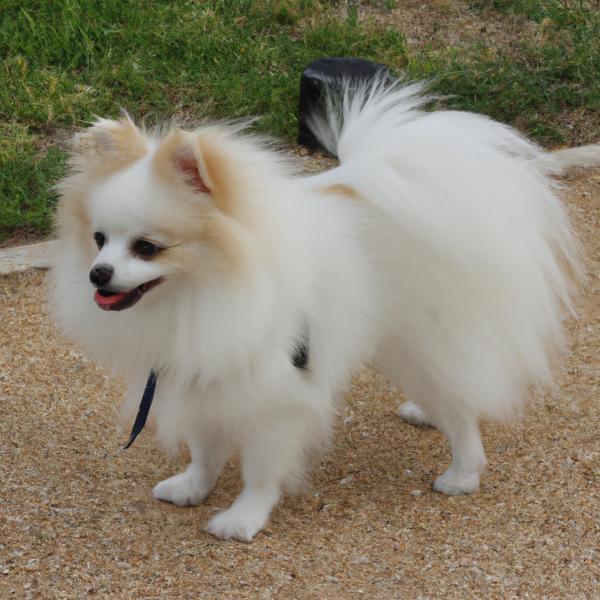Pom-Coton vs. Boskimo: Breed Differences and Similarities
Hypoallergenic
Are Pom-Cotons or Boskimos hypoallergenic, or neither?
Unfortunately, neither Pom-Coton nor Boskimo are hypoallergenic, which may not make them the best choice for dog lovers who suffer from pet allergies.
Temperament
What are the personalities of Pom-Coton and Boskimo dogs?
Active
Playful
Intelligent
Friendly
Docile
Affectionate
Lively
Sociable
Attentive
Trainable
Vocal
Extroverted
Playful
Independent
Energetic
Protective
Alert
Intelligent
Friendly
Affectionate
Lively
Gentle
Aggressive
Shedding Level
Do Pom-Cotons shed more than Boskimos, or which breed sheds more, Pom-Cotons or Boskimos?
Pom-Cotons are moderate shedders, but regular brushing can reduce shedding and maintain coat health.
Boskimos are heavy shedders, but regular brushing can help manage shedding and promote a healthy coat.
Watchdog Ability
Which dog breed makes a better watchdog, the Pom-Coton or Boskimo?
The Pom-Coton and Boskimo dogs are average watchdogs. If they sense something different, these breeds will alert their owner.
Ancestry
What are the origins of Pom-Coton and Boskimo breeds?
Pomeranian, Coton de Tulear
American Eskimo, Boston Terrier
Breed recognition
Which kennel clubs recognize/register Pom-Coton and Boskimo?
ACHC = American Canine Hybrid Club
DBR = Designer Breed Registry
DDKC = Designer Dogs Kennel Club
DRA = Dog Registry of America, Inc.
IDCR = International Designer Canine Registry®
ACHC = American Canine Hybrid Club
DDKC = Designer Dogs Kennel Club
DRA = Dog Registry of America, Inc.
IDCR = International Designer Canine Registry®
Date of Birth
When were Pom-Coton and Boskimo breeds first developed?
Unknown
Eye Color Possibilites
What are the eye colors of Pom-Coton and Boskimo dogs?
Brown
Brown
Nose Color Possibilites
What are the natural nose colors of Pom-Coton and Boskimo?
Black
Black
Coat Color Possibilites
What are the natural colors of the coat for Pom-Coton and Boskimo breeds?
Black
Brown
Red
Cream
Fawn
Sable
Brindle
White
Blue
Brindle
White
Black
Coat Length
What is the typical coat length for Pom-Coton and Boskimo breeds?
The coat of Pom-Coton and Boskimo dogs is longer than that of the typical dog.
Coat Density
What is the density of the coat of Pom-Coton and Boskimo?
Coat Texture
What is the hair texture of Pom-Coton and Boskimo?
Straight
Litter Size
What is the usual litter size for Pom-Coton and Boskimo?
Pom-Coton and Boskimo, can have a litter of 4-6 puppies each on average. Nonetheless, it's important to keep in mind that litter size can differ significantly between individual dogs. Various factors such as the mother's health, breeding history, and genetics can have an impact on litter size.
Adaptability
Pom-Cotons are highly adaptable and versatile, making them excellent companions for families and individuals of all lifestyles.
Boskimos are known for their adaptability and can adjust well to different environments and lifestyle changes.
Health Issues
Between Pom-Coton and Boskimo, which breed is more prone to health problems?
Pom-Coton and Boskimo breeds are generally considered to be healthy. However, like all breeds, they are susceptible to certain health issues and it is important to keep an eye out for them and address them with your veterinarian as needed.
Major Concerns
What are the major health concerns for Pom-Coton and Boskimo breeds?
Pateller Luxation
Patent Ductus Arteriosus (PDA)
Cerebellar Abiotrophy (Ataxia)
Hip Dysplasia
Legg-Calve-Perthes Disease
Progressive Retinal Atrophy (PRA)
Minor Concerns
What minor health issues should be kept in mind when owning Pom-Coton and Boskimo?
Mono/Bilateral Cryptorchidism
Hydrocephalus
Tracheal Collapse
Sick Sinus Syndrome
None
Occasional Tests
What occasional tests are recommended for Pom-Coton and Boskimo breeds?
Complete Blood Count
Internal Imaging (x-ray, CT scan, MRI, etc.)
Blood And Urine Analysis
Full Body Physical Examination
Eye Examinations (both internal as well as external)
X-rays of various parts of the skeletal system
X-Rays
CT Scan
Eye Examination
Physical Examination
Blood Work
Energy
How do the energy levels of Pom-Cotons and Boskimos compare?
For those who lead a balanced lifestyle, Pom-Coton and Boskimo breeds may be a good choice as they have an average energy level.
Social Needs
Pom-Coton vs Boskimo social needs comparison
Pom-Coton and Boskimo have very high social needs. These needs include regular mental and physical stimulation, a job or purpose, and companionship. They thrive in environments where they have a lot of interaction with humans and other dogs.
Exercise Needed
Pom-Coton vs Boskimo exercise need comparison.
The Pom-Coton and Boskimo breeds require a moderate amount of physical activity to maintain a healthy lifestyle. They are ideal for people who have a moderate amount of time to devote to their pets and enjoy regular physical activity themselves. They also make great family pets as they have the energy to keep up with children and the temperament to be great companions.
Sleeping Need
Which of the two sleeps the most/least: Pom-Coton or Boskimo?
Pom-Cotons have moderate energy levels and typical sleep patterns of 12-14 hours per day.
Boskimos sleep less than other breeds but still need adequate sleep for good health.
Tendency to Bark
Do Pom-Cotons or Boskimos bark more/less frequently?
Pom-Coton dogs are generally less vocal than other breeds and only bark when necessary, such as to alert their owner or communicate.
Boskimos bark moderately when necessary and may also bark due to certain triggers like fear, alarm, boredom, greeting, separation anxiety and compulsive barking.
Mouthiness
Mouthiness Comparison: Pom-Coton vs Boskimo?
Roaming urge
Pom-Coton vs Labrador: Running away tendency?
Prey Drive
Pom-Coton or Boskimo - which breed has a higher level of prey drive?
Activity Level
Which breed has higher energy, Pom-Cotons or Boskimos?
Both Pom-Coton and Boskimo are medium-energy dogs that enjoy socializing and playing with other dogs. They may engage in casual or sustained games of chase, and occasionally have bursts of barking or racing around the house.
Tolerance of being left alone
Walks per Week
How many miles should Pom-Coton or Boskimo walk each week?
There's really no limit to how far you walk your dog as long as they're comfortable. For Pom-Coton, it's at least 5 miles / week. Just remember to build distance and stamina gradually over time.
There's really no limit to how far you walk your dog as long as they're comfortable. For Boskimo, it's at least 7 miles / week. Just remember to build distance and stamina gradually over time.
Activity per Day
Do Pom-Cotons or Boskimos require more exercise?
In general most Pom-Cotons usually need at least 45 minutes of exercise daily. This can be spread across the day and include all sorts of high-energy activities, like walking, running and playing.
In general most Boskimos usually need at least 30 minutes of exercise daily. This can be spread across the day and include all sorts of high-energy activities, like walking, running and playing.
Grooming
Which breed is easier to maintain in terms of grooming, Pom-Cotons or Boskimos?
Pom-Cotons require significant grooming, including regular trims and professional grooming assistance to maintain their coat. They may also require frequent bathing to keep their coat and skin healthy.
The Boskimo has low grooming needs and is easy to maintain.
Brushing Frequency
What is the recommended brushing frequency for Pom-Coton and Boskimo dogs?
Ideally, Pom-Coton should be brushed at least 2 or 3 times a week (preferably daily) improve shedding.
Boskimo should be brushed at least once a week. Of course you can give them more frequent brushes if you find that they are still shedding a lot
Brushing Tools
What brushing tools are used for Pom-Cotons and Boskimos?
Pin Brush
Dematter
Deshedder
Nail Clipper
Pin Brush
Comb
Deshedder
Nail Clipper
Cups
How much food should be given to Pom-Coton or Boskimo in cups?
For an average 3-15 pound (1 - 7 kg) Pom-Coton feed 1 cups daily. But, keep in mind, the amount you feed is going to be dependent on the quality of the food you are feeding.
For an average 30-40 pound (14 - 18 kg) Boskimo feed 3 cups daily. But, keep in mind, the amount you feed is going to be dependent on the quality of the food you are feeding.
Daily Cost
Which breed has a higher daily cost, Pom-Coton or Boskimo?
The average cost of a Pom-Coton is somewhere $1.10 - $1.40 per day.
The average cost of a Boskimo is somewhere $1.70 - $2.00 per day.
Monthly Cost
Which breed has a higher monthly cost, Pom-Coton or Boskimo?
The average per month expenses of a Pom-Coton is between $35 - $42. This makes an average of $420 - $504 per year. It will be on the higher side when the dog is still small because it will need more frequent visits to the vet, shots.
The average per month expenses of a Boskimo is between $48 - $63. This makes an average of $576 - $756 per year. It will be on the higher side when the dog is still small because it will need more frequent visits to the vet, shots.
Intelligence
Comparing Intelligence: Pom-Cotons vs Boskimos
Pom-Coton is a very intelligent and trainable breed.
Boskimos are average in obedience intelligence but have a high IQ and may cause trouble if left unsupervised.
Sensitivity Level
How do Pom-Coton and Boskimo compare in sensitivity?
These dog breeds are particularly attuned to its environment and the emotions of those around it. Pom-Coton and Boskimo can be easily overwhelmed by loud noises, new environments, unfamiliar people, or animals. This dog breed is best suited for individuals or families who are patient, gentle, and understanding of its sensitive nature. It may also benefit from a calm and stable home environment, with a consistent routine and plenty of positive reinforcement training.
Affection Dependance
Which is the more affectionate dog breed: Pom-Coton vs Boskimo?
Apartment Friendly
Which breed is more apartment-friendly: Pom-Coton or Boskimo?
Pom-Cotons and Boskimos are known for being excellent apartment dogs. They are fairly active indoors and will do okay without a yard.
Child Friendly
Do Pom-Cotons or Boskimos have a friendlier temperament towards children?
Pom-Cotons have an average level of friendliness towards children.
Boskimos make excellent family pets for kids due to their gentle, protective nature and calm temperament.
Senior-friendly
Which dog is more suitable as a pet for the elderly - Pom-Coton or Boskimo?
Cat Friendly
Do Pom-Coton or Boskimo breeds have a better compatibility with cats?
Pom-Cotons are very friendly with cats and make great companions for them.
Boskimos are good with cats, but early training is needed to prevent chasing behavior.
Dog Friendly
Which breed is more sociable with other dogs: Pom-Coton or Boskimo?
Pom-Cotons are friendly and active companions, and can be good family pets, though their friendliness towards other dogs may vary.
Boskimos are generally very friendly towards other dogs, with a happy and affectionate temperament.
Pet friendly
How do Pom-Coton or Boskimo dogs interact with other pets?
Stranger Friendly
Which breed is more friendly with strangers: Pom-Coton or Boskimo?
Pom-Coton and Boskimo are average friendly around strangers. They can be wary around strangers and a little standoffish, so early socialization is key to ensure they are comfortable around new people.
Playfulness
Which breed is more playful between Pom-Coton and Boskimo?
Pom-Coton and Boskimo are playful dogs. So, no matter how busy the day may get, the best thing you can do for Pom-Coton and Boskimo is to make time each day to play. It can be as little as 15-20 minutes, and it will mean the world to them.
Trainability
How do the trainability levels of Pom-Cotons and Boskimos compare?
Pom-Coton and Boskimo dogs are known for their ease of training and ability to learn quickly, making them a popular choice for pet owners and trainers alike.
Compare Pom-Coton with other breeds
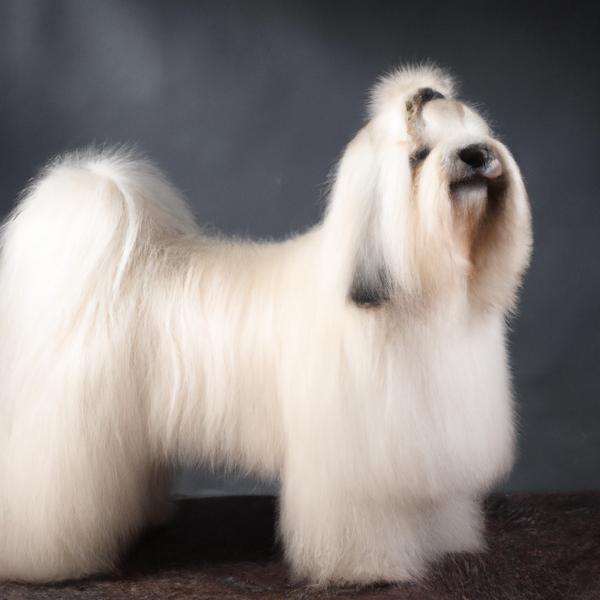
Crested Malt
Pom-Coton vs Crested Malt

Doubull-Mastiff
Pom-Coton vs Doubull-Mastiff
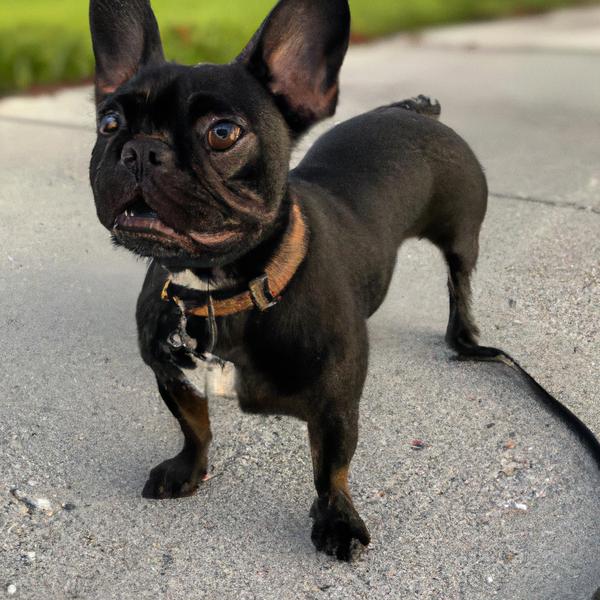
French Bull Weiner
Pom-Coton vs French Bull Weiner
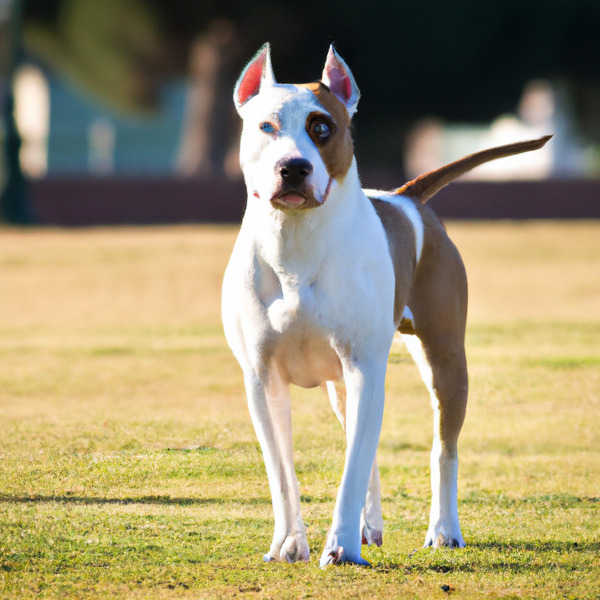
Bull Arab
Pom-Coton vs Bull Arab
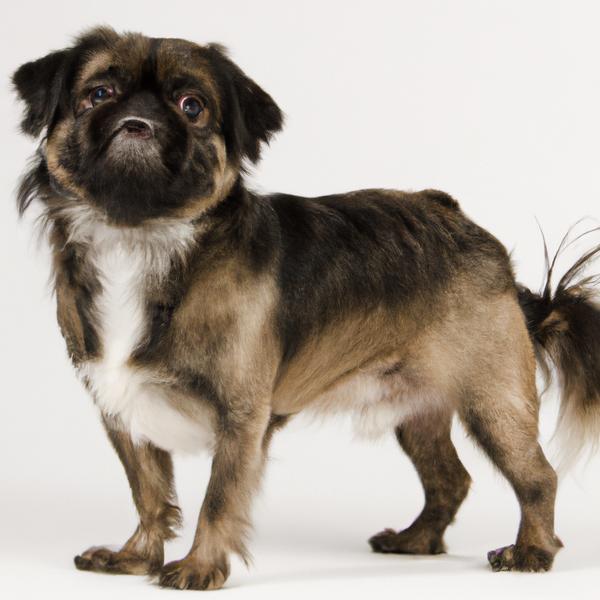
Pug-Zu
Pom-Coton vs Pug-Zu
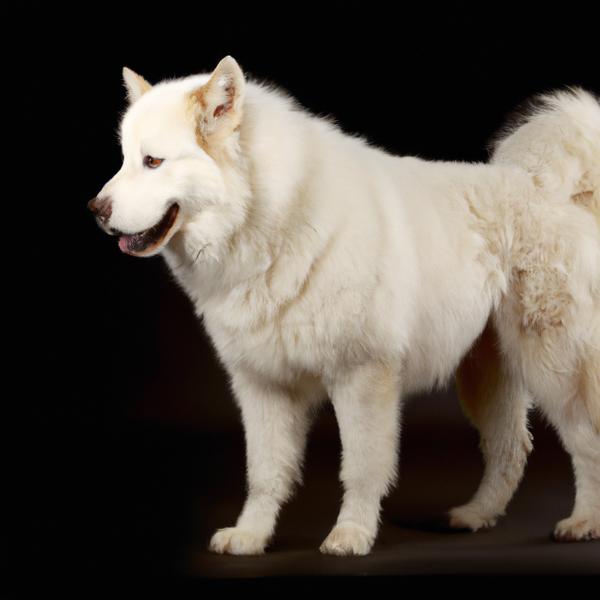
Pyrenees Husky
Pom-Coton vs Pyrenees Husky
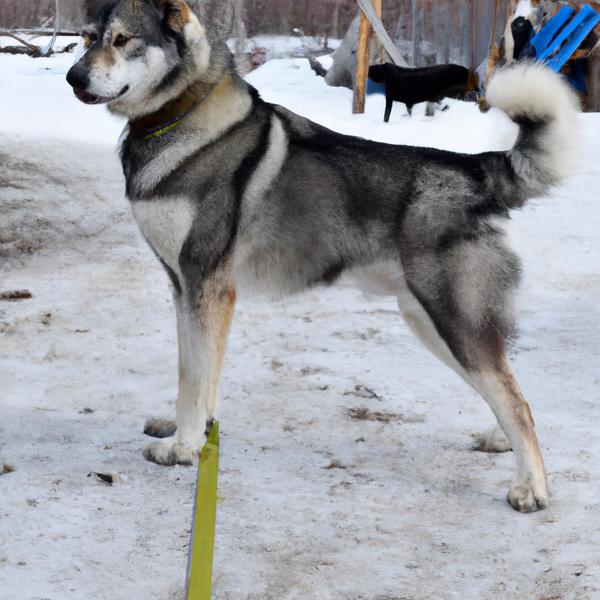
Boskimo
Pom-Coton vs Boskimo

Golden Labrador
Pom-Coton vs Golden Labrador

Parson Russell Terrier
Pom-Coton vs Parson Russell Terrier
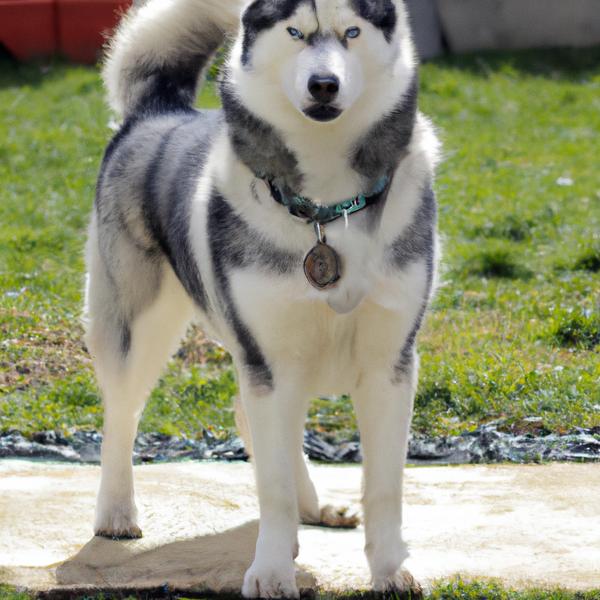
Ausky
Pom-Coton vs Ausky
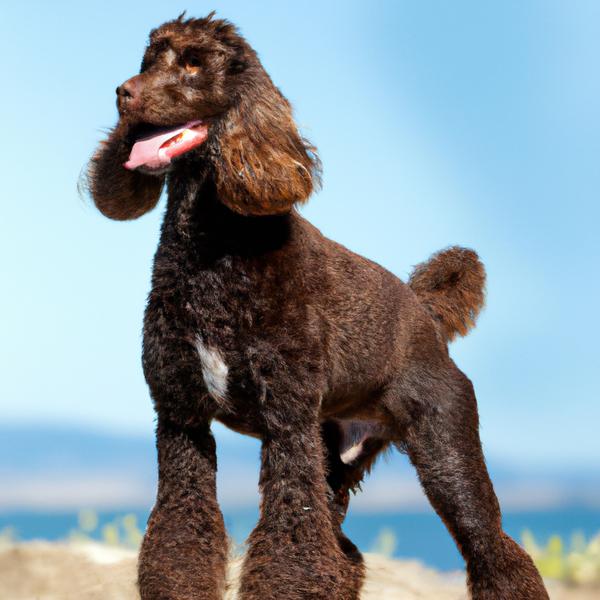
American Water Spaniel
Pom-Coton vs American Water Spaniel
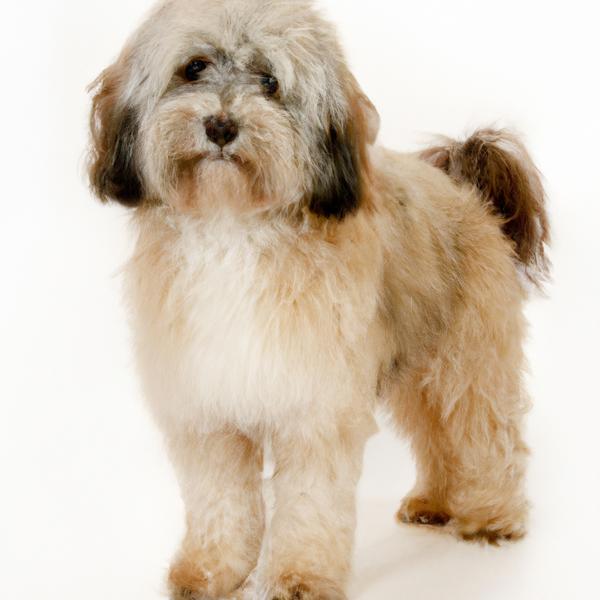
Eng-A-Poo
Pom-Coton vs Eng-A-Poo
